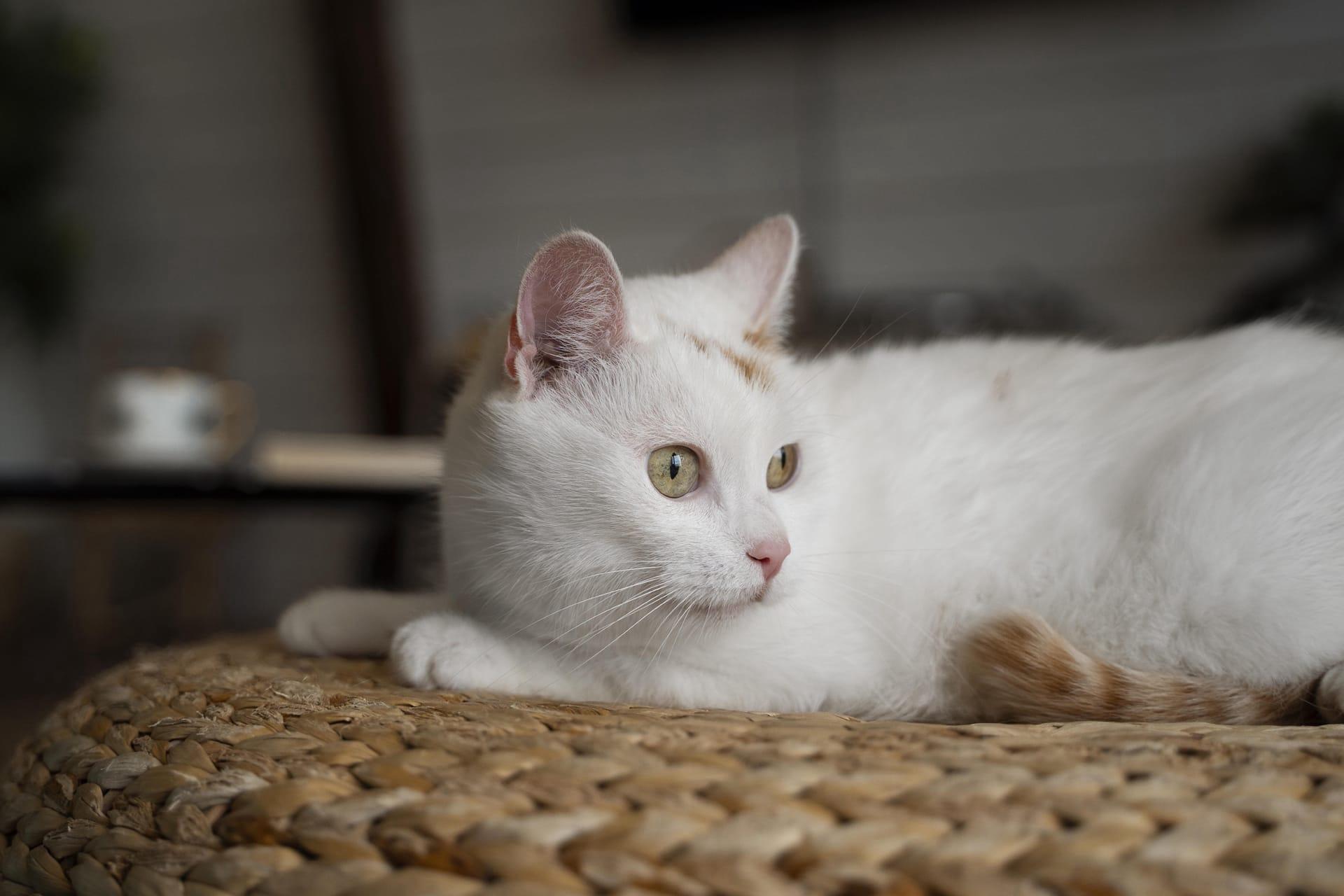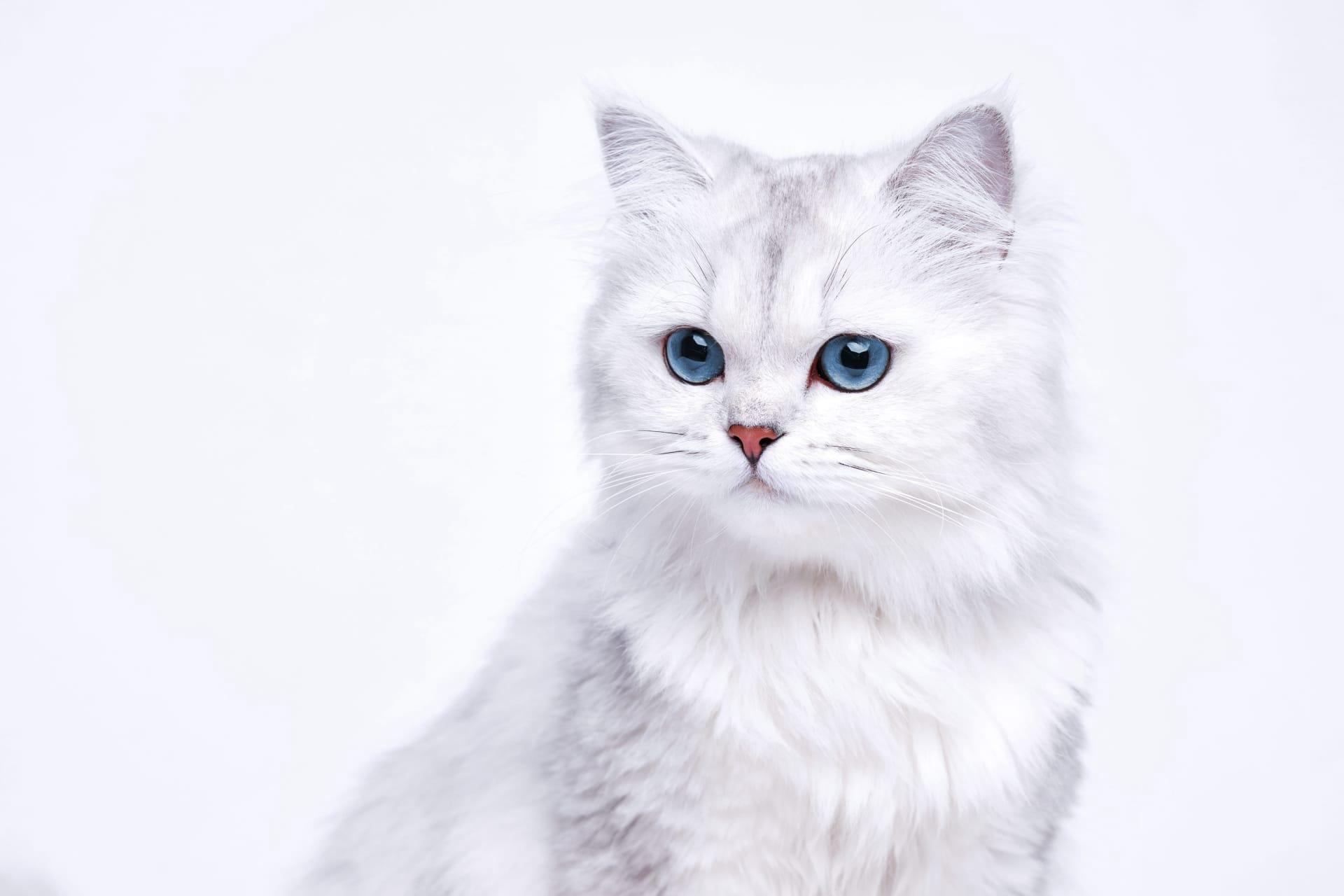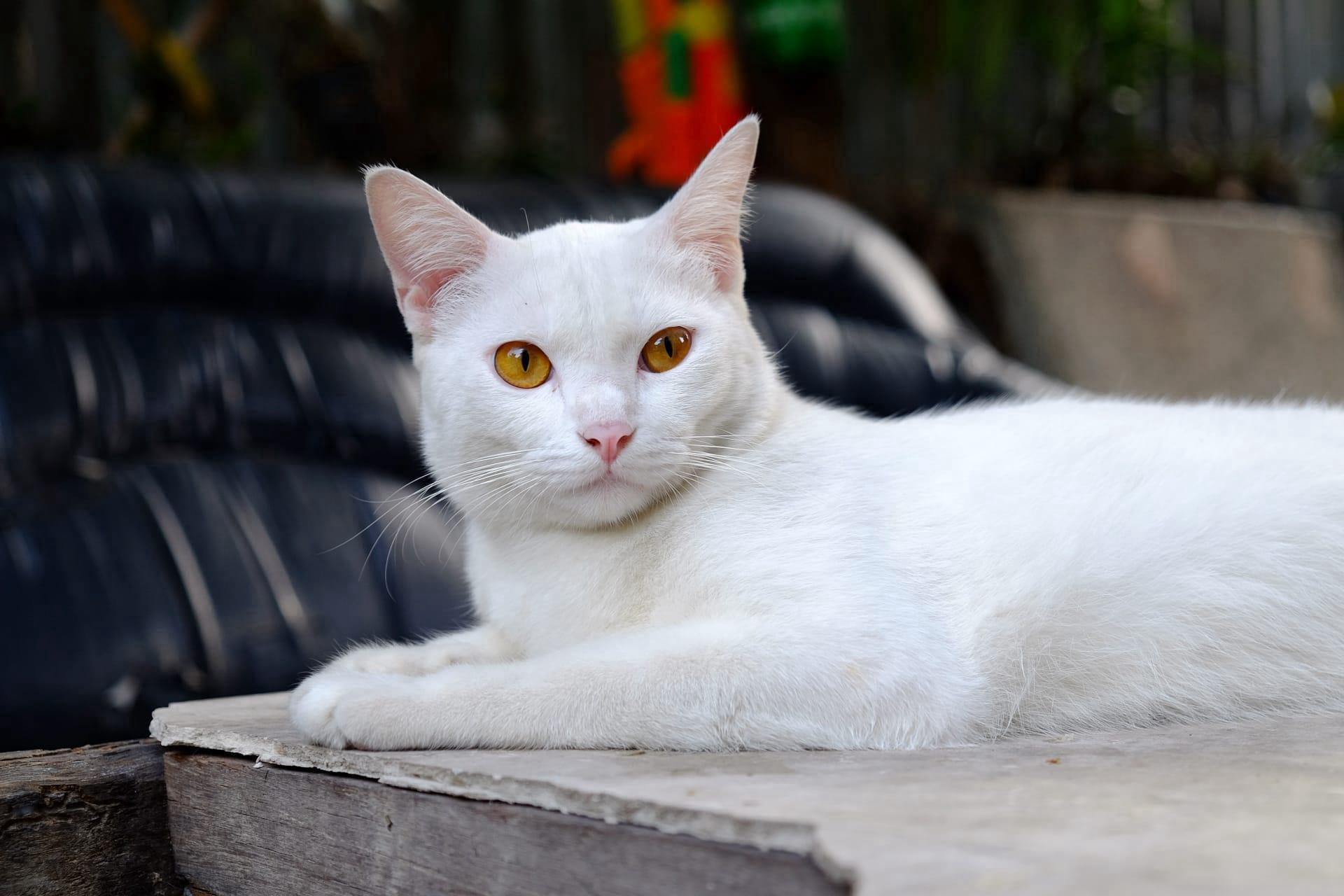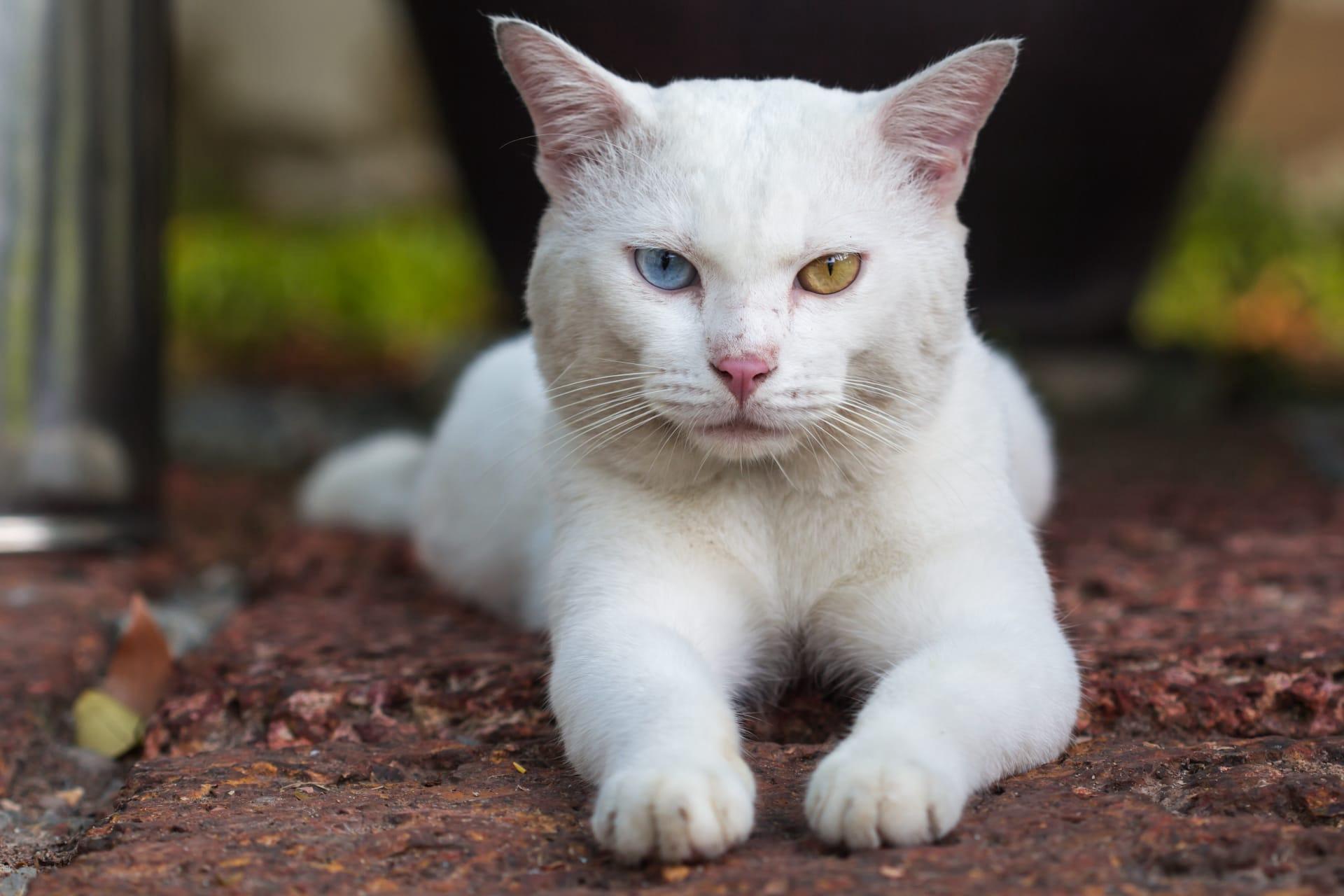Burmilla Cat Characteristics
- Home /
- Mini Encyclopedia /
- Animal /
- Burmilla Cat Characteristics
1
The Burmilla Cat, a charming blend of Persian and Burmese lineage, sports a medium-sized, muscular body that gracefully balances strength and agility. Typically, these cats weigh between 6 to 13 pounds, with males usually on the heavier end of the scale. Their lifespan, when cared for with proper nutrition and regular veterinary check-ups, can stretch from 12 to 16 years, making them a long-term companion for cat lovers. The Burmilla’s coat is its crowning glory, featuring a shimmering silver base with delicate shading or tipping in various colors, including black, blue, chocolate, and lilac, giving them a unique, sparkling appearance.
One of the most remarkable organs in the Burmilla Cat is its eyes. The large, expressive eyes of the Burmilla are a window to their soul, set wide apart and often described as luminous. The color ranges from green to yellow-green, and the intensity of the color can be striking. This not only enhances their captivating appearance but plays a critical role in their interaction with humans and their environment. The vividness of their gaze is not just for beauty; it aids in their predatory skills, allowing them to track and hunt with precision, despite being predominantly indoor pets.

2
Question: What is the most common health issue found in Burmilla Cats, and how can it be prevented?
Answer: The most common health issue in Burmilla Cats is kidney disease, particularly Polycystic Kidney Disease (PKD), inherited from their Persian ancestry. This condition is characterized by the formation of cysts in the kidneys that can lead to renal failure. Prevention is primarily through genetic testing of breeding cats to ensure they do not carry the PKD gene. Prospective owners should ask for health clearances from breeders. Additionally, maintaining a balanced diet and regular veterinary check-ups can help manage the condition and prolong the cat’s quality of life.

3
Burmilla Cats are known for their playful and energetic nature, making them delightful companions. They exhibit a high level of agility and enjoy engaging in activities that challenge their physical and mental capabilities. Climbing, jumping, and interactive play are among their favorite pastimes. Providing a variety of toys and cat trees can stimulate their need for activity and exploration. Despite their playful demeanor, they are also known for their sudden bursts of energy, often followed by periods of rest.
When it comes to feeding, the Burmilla Cat does not have unusual dietary requirements, but like all cats, they thrive on a balanced diet rich in high-quality protein. They have a moderate appetite and should be fed controlled portions to prevent obesity, especially if they do not get enough physical activity. Access to fresh water at all times is essential. Special attention should be given to their diet to maintain their coat's lustrous quality, including omega fatty acids that promote healthy skin and fur.

4
The Burmilla Cat adapts well to a variety of living environments, thriving in both apartments and houses. Their sociable and affectionate nature makes them excellent indoor pets. They do appreciate access to safe outdoor spaces but can live happily indoors with enough stimulation. Environmental enrichment, such as scratching posts, toys, and interactive play, is vital to their well-being. The Burmilla's adaptable nature means they can comfortably coexist with children and other pets, provided they are introduced properly and treated with respect.
Reproduction in Burmilla Cats follows the typical feline pattern, with a gestation period of around 64 to 67 days. They are known for being caring and attentive mothers. A litter can vary in size, usually ranging from two to five kittens. Breeders should ensure genetic diversity and health by carefully selecting mating pairs, focusing on temperament, physical health, and the absence of hereditary diseases. Early socialization of kittens is crucial for their development into well-adjusted adults, contributing to their reputation as friendly and affectionate companions.

5
Book: "Silver Shadows: A Guide to the Burmilla Cat" by Elaine White, published in the United Kingdom in 1998. This comprehensive guide covers the origin and development of the Burmilla breed, from its accidental beginnings to its recognition as a breed. White provides in-depth advice on care, health, and breeding, alongside personal anecdotes from Burmilla owners. The book is richly illustrated with photographs, showcasing the breed's unique characteristics and beauty.
Book: "The Burmilla Cat: A Cat Lover's Introduction" by Martin Baggaley, released in Australia in 2003. Baggaley's work offers a broad overview of the breed, including detailed chapters on the Burmilla's personality, care requirements, and health tips. The author combines practical advice with fascinating insights into the breed's history and its status within the cat fancy. This book serves as an excellent primer for those new to the Burmilla, providing essential information for anyone considering adding a Burmilla to their home.